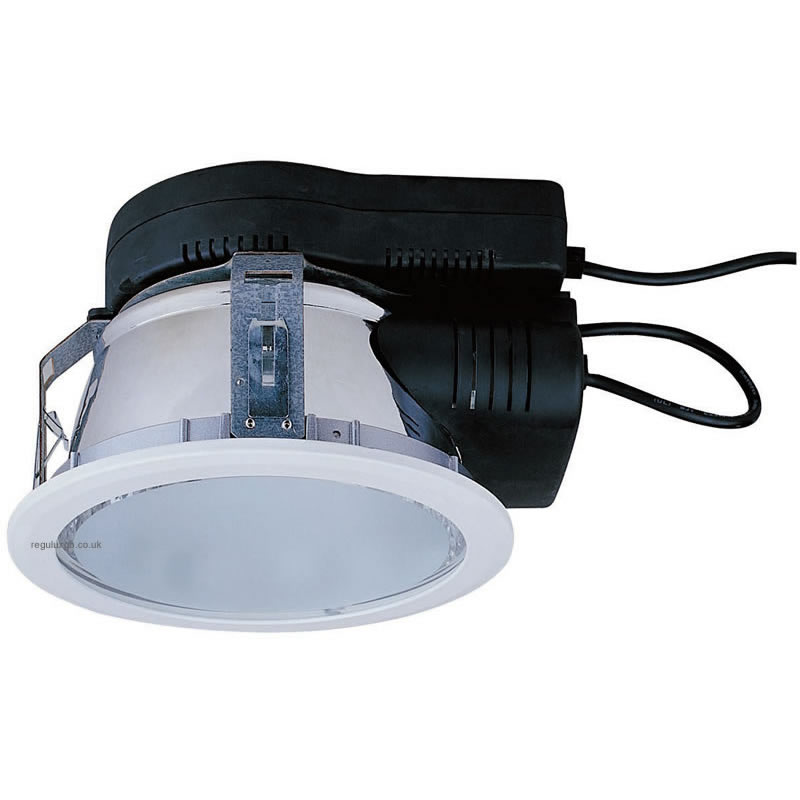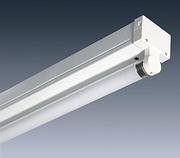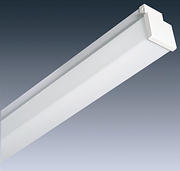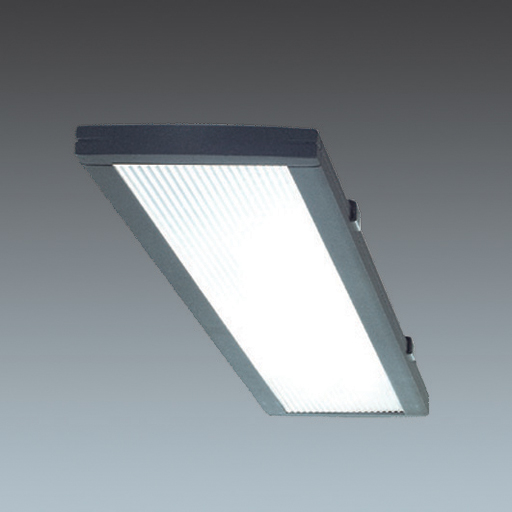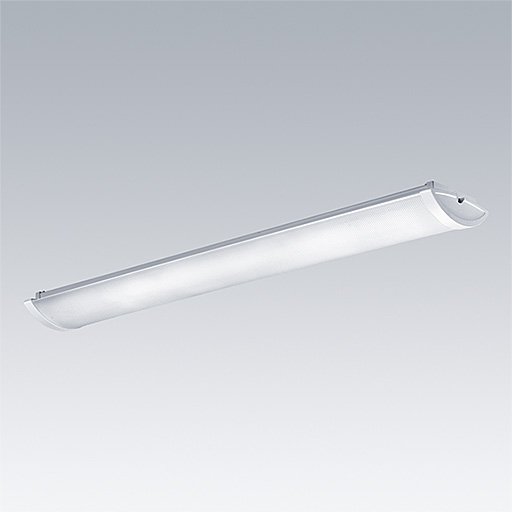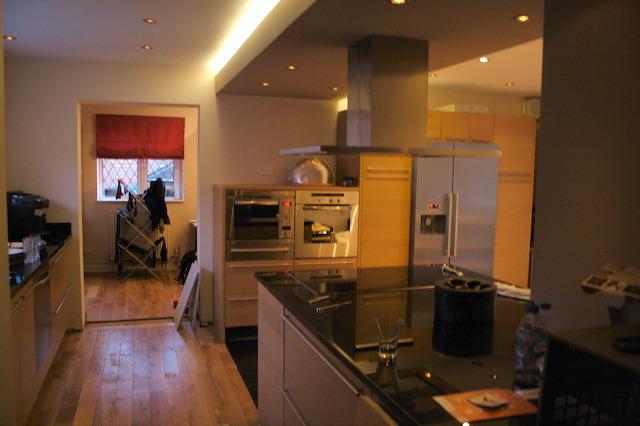I'm wanting to add some downlights to a kitchen refurb in my house and have attached two PDFs of layouts I have put together. One of 15 lights and one of 8 lights.
I will be just prepping the ceiling, get holes in the right place and making it easy for the electrician to feed new cables to the lights.
Above kitchen is front bedroom.
Ceiling is plasterboard.(Whole kitchen to be replastered)
Kitchen is 16sqm
Redline is kitchen outline
Blue line is lighting grid
Circles are light positions. This is dependant on what I find regards to joist spacing, so could change.
Whitelines are limits of low level cupboards that are going on three walls.
Distances have been dimensioned.
I am wanting to stay with mains voltage lights as I don't want to get into transformers and the like. Will probably go for a fire rated 50w halogen GU10 model downlighter, and then possibly switch bulb over to a 7.5w LED GU10 when I can afford the lamps at a later date. So far have only looked at those from screwfixx. Any other model suggestions appreciated.
If someone could advise if the number of lights in which layout is sufficient it would be appreciated.
Just noticed the colours seem to have vanished.
Thanks
ubdai
Pics are in my album No1. Hope everyone can see them.
Sorry if this is in the wrong part of the forum. [/img]
I will be just prepping the ceiling, get holes in the right place and making it easy for the electrician to feed new cables to the lights.
Above kitchen is front bedroom.
Ceiling is plasterboard.(Whole kitchen to be replastered)
Kitchen is 16sqm
Redline is kitchen outline
Blue line is lighting grid
Circles are light positions. This is dependant on what I find regards to joist spacing, so could change.
Whitelines are limits of low level cupboards that are going on three walls.
Distances have been dimensioned.
I am wanting to stay with mains voltage lights as I don't want to get into transformers and the like. Will probably go for a fire rated 50w halogen GU10 model downlighter, and then possibly switch bulb over to a 7.5w LED GU10 when I can afford the lamps at a later date. So far have only looked at those from screwfixx. Any other model suggestions appreciated.
If someone could advise if the number of lights in which layout is sufficient it would be appreciated.
Just noticed the colours seem to have vanished.
Thanks
ubdai
Pics are in my album No1. Hope everyone can see them.
Sorry if this is in the wrong part of the forum. [/img]







